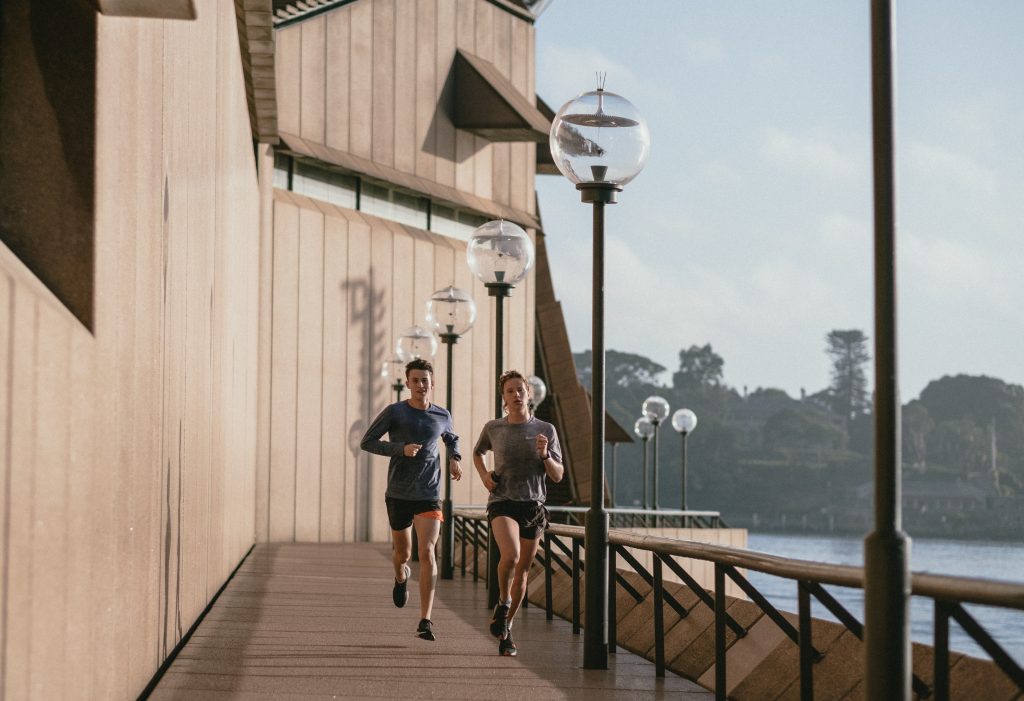Introduction
Physical fitness is not just about having a well-toned body; it encompasses a variety of exercises that improve endurance, strength, flexibility, balance, and overall well-being. In this article, we’ll delve into the various types of physical fitness exercises to help you design a workout routine that suits your needs and goals.
The Importance of Physical Fitness
Before we dive into the specific exercise categories, it’s essential to understand why physical fitness matters. Regular exercise can improve heart health, boost metabolism, enhance mental well-being, and increase overall longevity.
Types of Physical Fitness Exercises
Cardiovascular Exercises
Cardiovascular exercises, also known as cardio workouts, focus on increasing your heart rate and improving your body’s ability to utilize oxygen. Here are some popular cardiovascular exercises:
Running
Running is a highly effective way to improve cardiovascular fitness. It helps in burning calories, increasing endurance, and reducing the risk of heart diseases.
Cycling
Cycling is a low-impact exercise that offers an excellent cardio workout. It’s easy on the joints and can be done indoors or outdoors.
Swimming
Swimming is a full-body workout that engages various muscle groups while providing a cardiovascular challenge.
Strength Training
Strength training exercises aim to increase muscle mass and bone density. They are essential for building a strong, functional body. Some strength training options include:
Weightlifting
Weightlifting involves lifting free weights or using weight machines. It’s an excellent way to build muscle and improve overall strength.
Bodyweight Exercises
Exercises like push-ups, squats, and planks use your body’s weight for resistance. They are perfect for those who prefer minimal equipment.
Resistance Bands
Resistance bands offer a convenient way to add resistance to your workouts, helping to tone and strengthen muscles.
Flexibility and Stretching
Flexibility exercises enhance your range of motion and reduce the risk of injuries. Incorporate these activities into your routine:
Yoga
Yoga combines physical postures, breathing techniques, and meditation to enhance flexibility and mental well-being.
Pilates
Pilates focuses on core strength and flexibility. It’s particularly beneficial for improving posture and balance.
Static Stretching
Performing static stretches helps to lengthen and relax muscles, enhancing flexibility.
Balance and Stability
Balance and stability exercises are crucial for preventing falls and injuries. Try these exercises to improve your balance:
Tai Chi
Tai Chi is a gentle, low-impact exercise that involves a series of slow, flowing movements to enhance balance and mental focus.
BOSU Ball Exercises
Using a BOSU ball challenges your stability and engages your core muscles.
Physical Fitness Workout Plans
Creating a Balanced Routine
When crafting a fitness routine, it’s essential to combine various types of exercises to achieve a balanced workout plan.
Sample Workouts
Here are some sample workout plans to get you started:
- Beginner Workout: A 30-minute routine combining brisk walking, bodyweight exercises, and light stretching.
- Intermediate Workout: A 45-minute session that includes jogging, resistance band exercises, and yoga.
- Advanced Workout: A 60-minute workout involving running, weightlifting, and Pilates.
General Fitness Exercises
In addition to the specific exercise types mentioned above, incorporating general fitness exercises, like brisk walking, hiking, and dancing, can contribute to your overall well-being.
Physical Fitness Defined
Physical fitness is a comprehensive term that encompasses cardiovascular health, muscular strength, flexibility, and balance. Achieving physical fitness requires a combination of these elements.
The Benefits of Regular Exercise
Regular physical activity offers numerous benefits, including weight management, stress reduction, improved sleep, and a decreased risk of chronic diseases.
Conclusion
In conclusion, incorporating a variety of physical fitness exercises into your routine is essential for achieving overall health and well-being. Whether you’re looking to improve your cardiovascular health, build muscle, or enhance flexibility, there’s an exercise type that suits your goals.
FAQs (Frequently Asked Questions)
- How often should I exercise for optimal results?
- The recommended guideline is at least 150 minutes of moderate-intensity exercise per week, but you can adjust it based on your fitness goals and schedule.
- Do I need a gym membership to get fit?
- No, there are plenty of exercises that can be done at home or outdoors without the need for a gym.
- Is it necessary to warm up before exercising?
- Yes, warming up is crucial to prepare your muscles and prevent injuries.
- Can I combine different types of exercises in one workout session?
- Absolutely, mixing cardio, strength, and flexibility exercises can provide a well-rounded workout.
- What is the best exercise for weight loss?
- Cardiovascular exercises like running, cycling, and swimming are effective for weight loss when combined with a balanced diet

